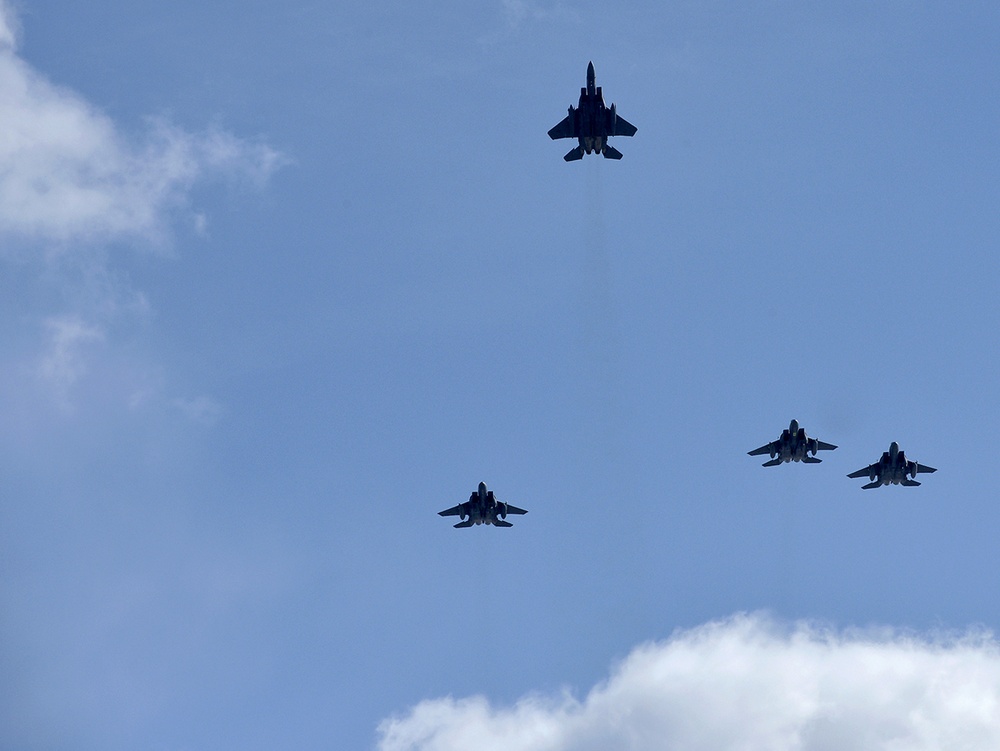



From CBS Sunday Morning-
From Boston Common-

Volunteers planted more than 37,000 U.S. flags around the monument Wednesday. Each one honors a service member from Massachusetts who died defending the country all the way back to the Revolutionary War.
On Thursday, a name reading ceremony will be held at the site. Families of those from Massachusetts who have died in wars since September 11, 2001 will read the names of their loved ones.

37,000 US flags on Boston Common honor fallen heroes from Massachusetts for Memorial Day
Everyone is invited to pay their respects this weekend at the annual Memorial Day Flag Garden on Boston Common.



om

